The monsoon rains have waned, swelling Mumbai’s air with thick, sticky summer heat. It was in heat like this that I started my tour of Dharavi— the slum that was once considered the largest slum in Asia, and the area put on the map by Danny Boyle’s ‘Slumdog Millionaire’.
Yes, I was about to embark on what is known as a ‘Slum Tour’. I can hear the judgemental intakes of breath even now…
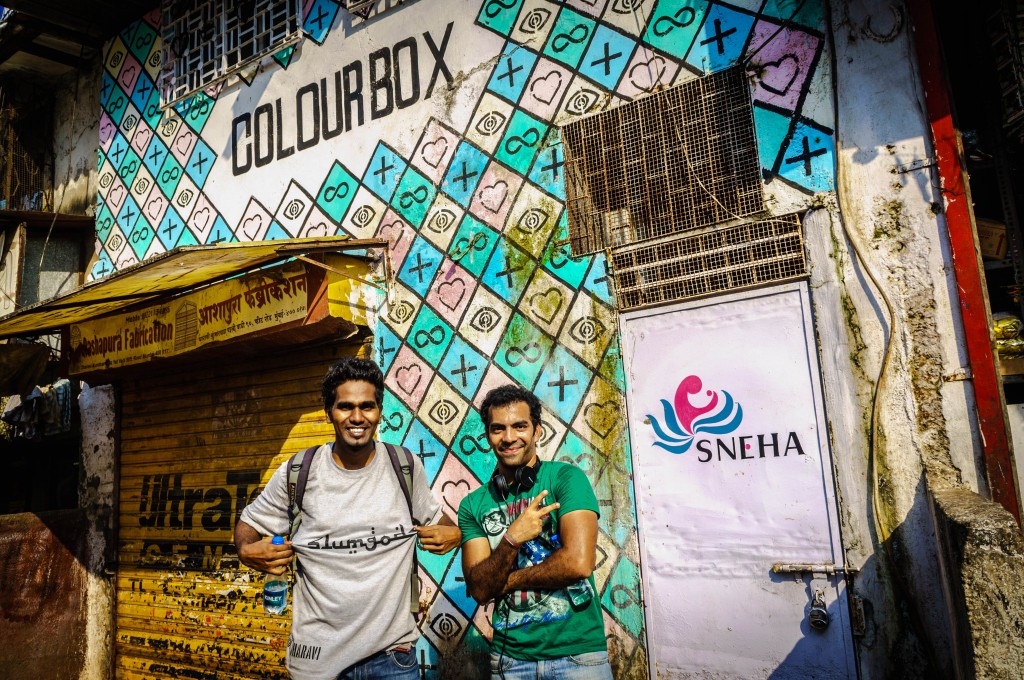
There are certain types of tourism that divide travellers and slum tourism is up there; just as war memorials, bullfights, and crime tourism—such as the tour in which I met Pablo Escobar’s brother in Colombia—also deeply divide. Slum tourism begs the question of moral accountability; slum tourism pits the privileged against the unfortunate, and makes desperation an attraction for the wealthy.
In answer to that, I honestly believe that travel disperses myths and opens minds. There is a wonderful quotation by Mark Twain that begins thus: “Travel is fatal to prejudice, bigotry, and narrow-mindedness”, and continues to state that travellers acquire “broad, wholesome, charitable views of men and things”, and with this sentiment I wholeheartedly agree. We live in a world of the weird, wonderful, amazing, terrifying and the truly horrifying. There are facets of the human existence that I have never, and probably will never, be exposed to. As humans we have incredible resilience, endurance and boundless optimism, but when will I ever be forced to test my own?
How can we ever understand the human race until we have truly explored it?
That’s not to say that I was completely insensitive when arranging my tour. I did not want to visit a slum in order to pity poor people; I live in India and do not have to go to a slum to see desperate poverty—I see it every day when I leave my house. I wanted to go to a slum to see the sense of community and entrepreneurship that I had heard exists in Dharavi.
Last year I taught a unit based on ‘Slumdog Millionaire’ where my affluent Swedish students learned about slums. We watched a documentary called ‘Slumming It’ in which Kevin McCloud presented an overly hopeful, optimistic view of Dharavi, which my students voraciously questioned. In their western (and somewhat sheltered) understanding, they found it difficult to comprehend the hope and optimism that was presented in the documentary.
In my students’ minds poor people should be sad.
By the end of the unit they had begun to question their own view of the world, they told me that they lived in a selfish environment where things were more important than people, and where people no longer had time for family.
I went to Dharavi to see for myself which version is the most true—the gritty underworld of ‘Slumdog Millionaire’ with its portrayal of open sewers, prostitution and crime, or the tight-knit, happy community that I had discussed with my students.
Why take a Slum tour?
Dharavi is a truly unique place, and it must be stated here that there is no other slum in Mumbai like it. In fact, it is no longer entirely true to call it a slum. Many residents pay rent on their properties, many workers are employed in white collar jobs, children receive free education, uniform and school meals, and it is estimated that Dharavi turns a profit of around $50 million a year from goods that are exported globally.
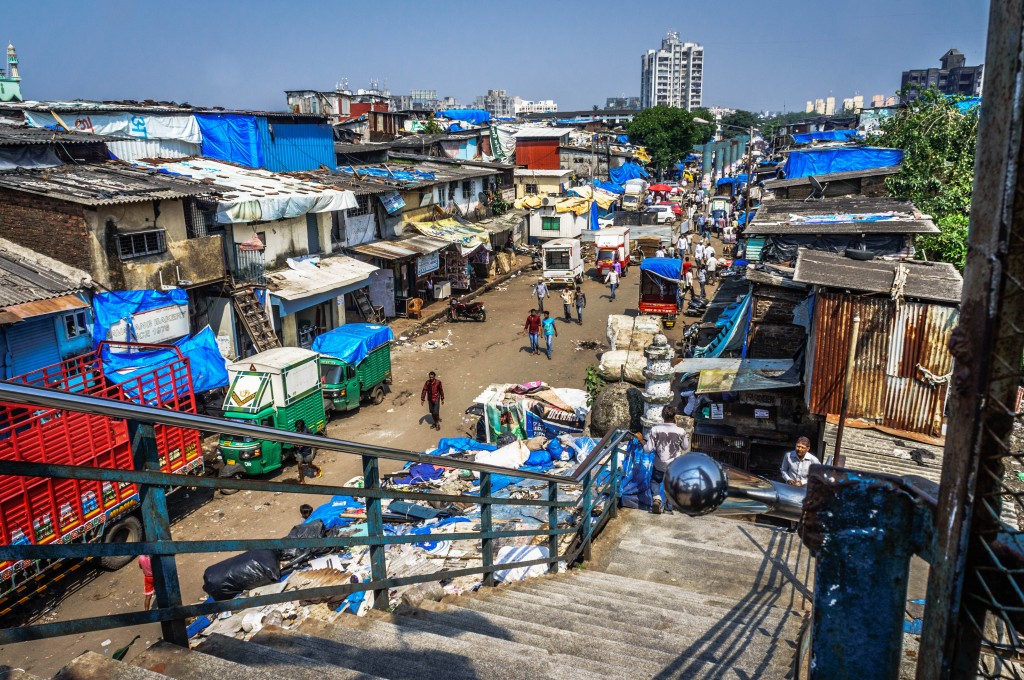
It was this aspect that we explored first. Just over the footbridge from Mahim station is the industrial area of Dharavi. Our guides from ‘Slumgods’ – a company that also teaches hip-hop to Dharavi children – took us to various small factories inside the slum. We visited tanneries, potteries, and a plastic recycling plant, amongst others. They were knowledgeable, answering our questions in detail, and they never once spoke of the inhabitants of Dharavi with pity. Their mission is to dispel the myth that the people of Dharavi need sympathy.
As we walked the streets children stopped and shyly said hello. Men asked us to take their picture. Nobody asked for food or money.
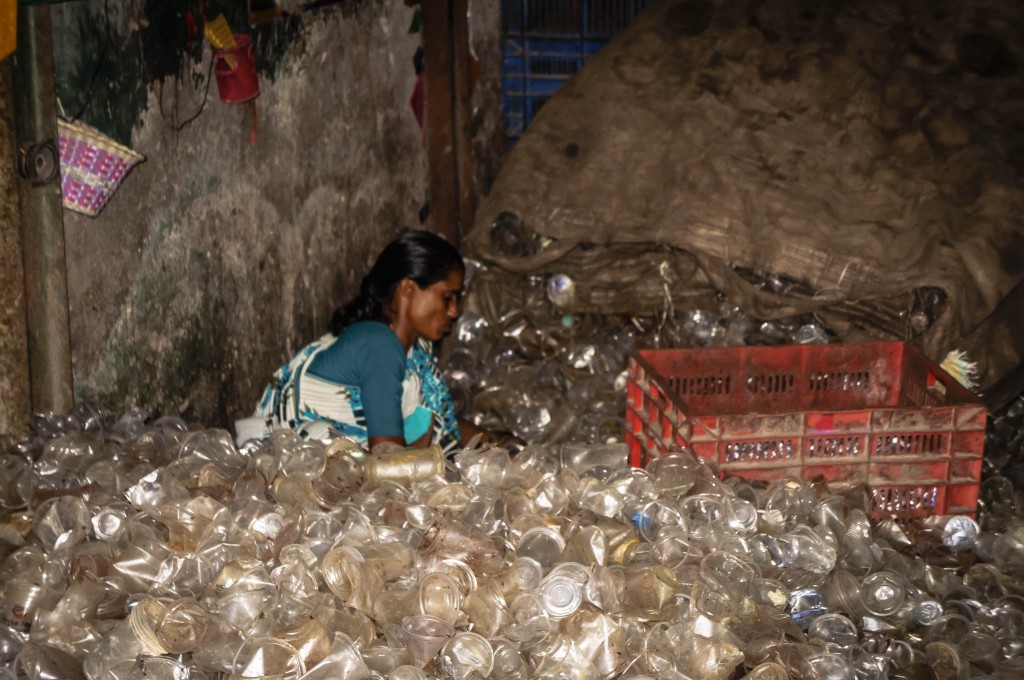
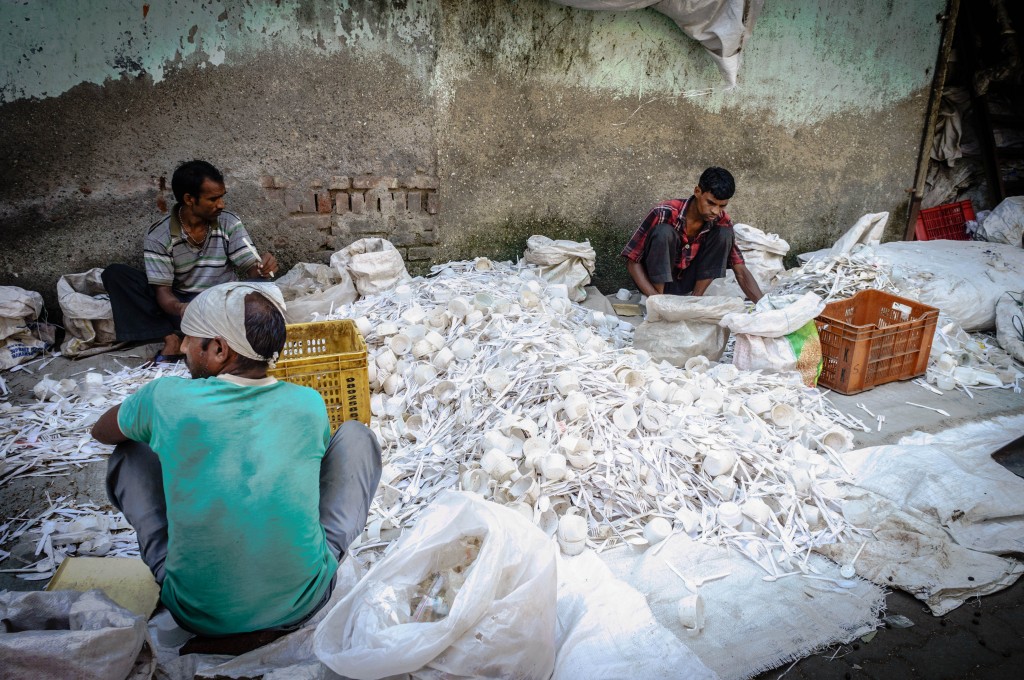
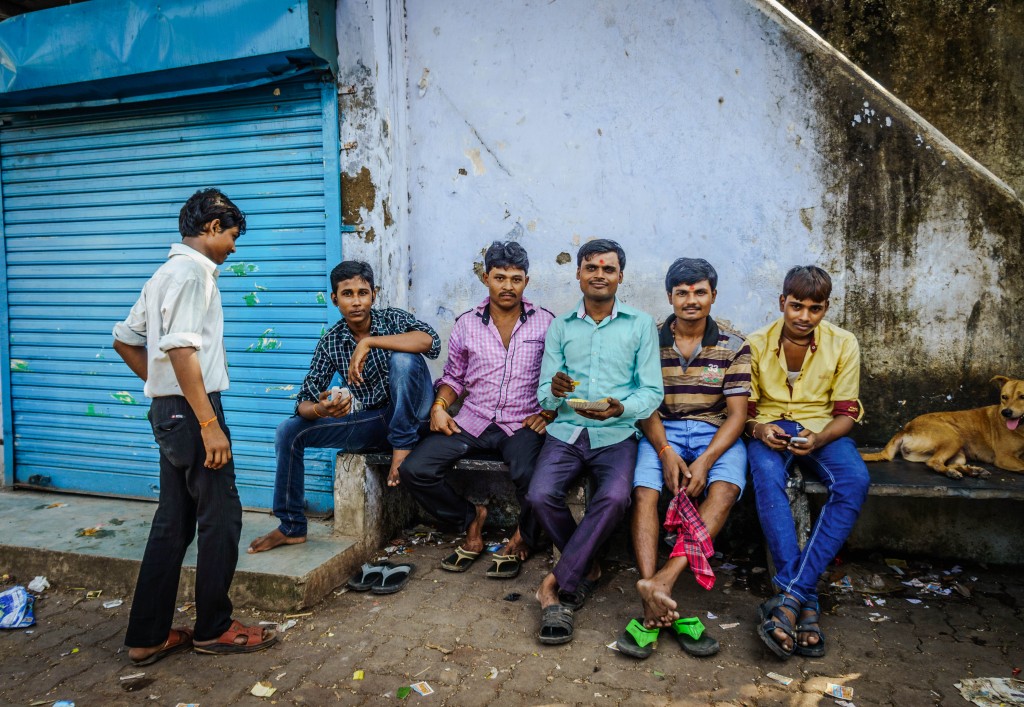
Of course, Dharavi is a slum in many ways: tell-tale blue tarpaulin sheets stretch over ramshackle tin roofs, inhabitants wash clothes, bathe and defecate in the same filthy creek, limited community toilets serve the entire area, streams of mud (and most likely, urine) trickle down the alleyways. After all over 1 million people live in an area of only 1.7km.
But Dharavi is also a community. Christians, Hindus and Muslims live alongside each other relatively peacefully since the 1992-1993 riots—we visited on a day of a Hindu festival, while the Muslims prepared for a Muslim festival that will take place a few days later. The area has its own form of government and has a police force. Walking around the slum we saw small supermarkets, restaurants, chemists, schools, churches, mosques and temples.
Current residential developments in Dharavi are building tower blocks into which families are rehoused in lofty apartments with a working toilet. It is common for families to turn down the chance to live in these for fear of losing the tight-knit, secure family communities that exist down below in the maze of tiny alleyways.
My visit to Dharavi was a truly unique experience. Perhaps the western world will never get a true picture of inside a place like Dharavi. Boyle’s gritty portrayal of mafia crime rings, corruption and prostitution is unlikely to be evident on a tour.
Maybe it exists there, maybe it doesn’t.
But McCloud’s version of a proud, hard-working, tightly knit community is evident in abundance.
I left Dharavi, not with pity in my heart and sympathy in my eyes for these poor people, but with shame in my heart for my own inactivity and apathy. Around 60% of the Indian population live in slums. I can see one from my own lounge window. Dharavi is unique. Dharavi can stand on its own. Dharavi can support itself—but how true is that of the other millions of slums around India? Around the world?
That’s not to say that Dharavi no longer needs support, it does—but so do many other millions of people living in conditions that I have now seen with my own eyes.
If you want to know more then you should visit a place like Dharavi, but please choose your operator wisely. Choose a tour that actively puts money back into the community, I was really impressed with ‘Slumgods’ and would recommend them. I am always aware that a link like this may come across as a sponsored post, but I write this without their knowledge that I am doing so. I did not tell them that I write about travel, or that I have a travel blog.
At the end of the tour they asked me if I thought that anybody would be interested in living in Dharavi for 48 hours. I told them that, yes, I believe people would be. They would like to start a home stay experience. It would not be easy, but it would be enlightening.
I’d love to hear from you, would you be prepared to spend a few days in a slum, or to attend a slum tour? Why, or why not? Do you think that slum tourism is inappropriate? Have you been to Dharavi? Please take a moment to leave a comment, or share the post if you enjoyed it.

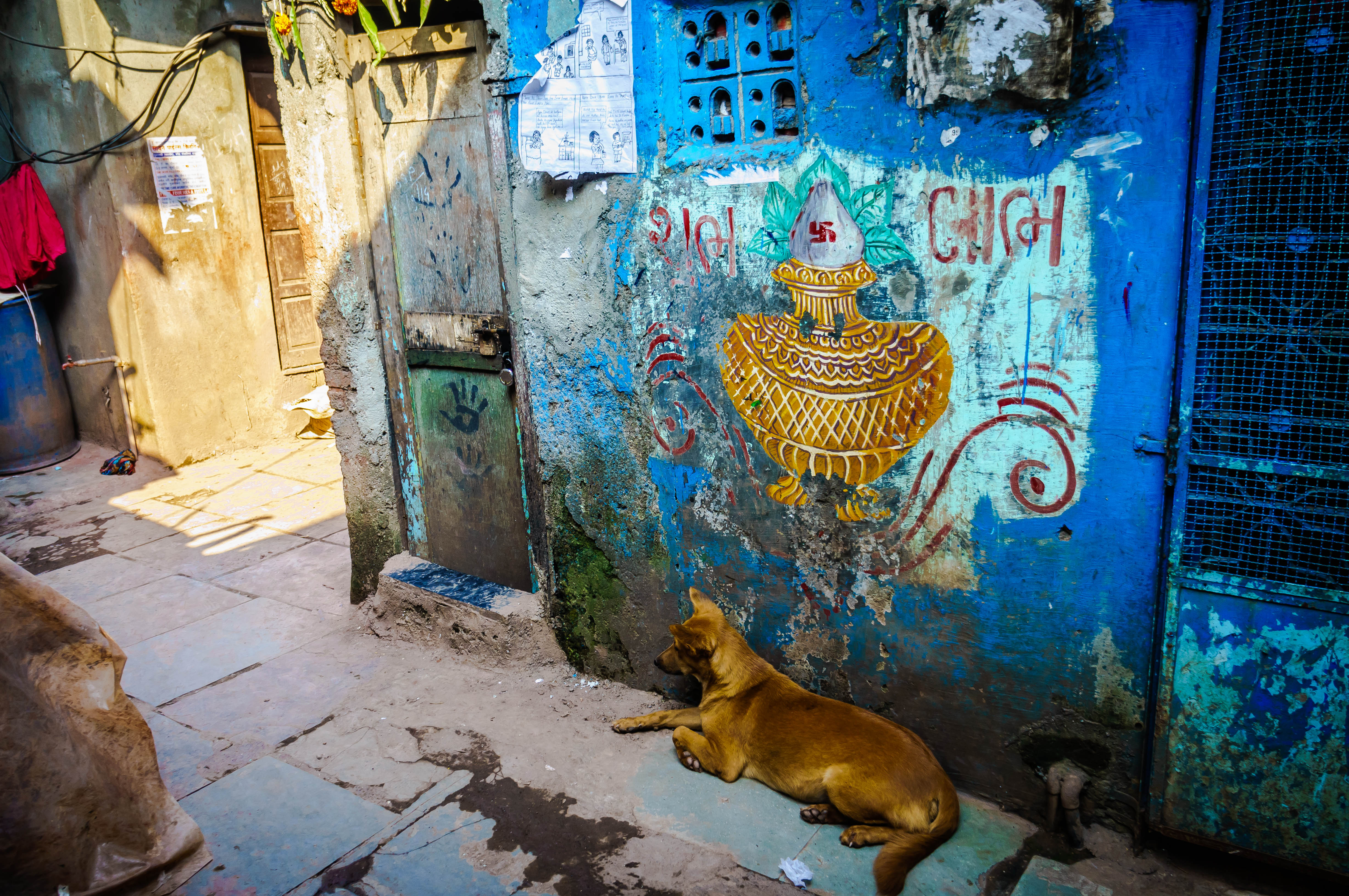
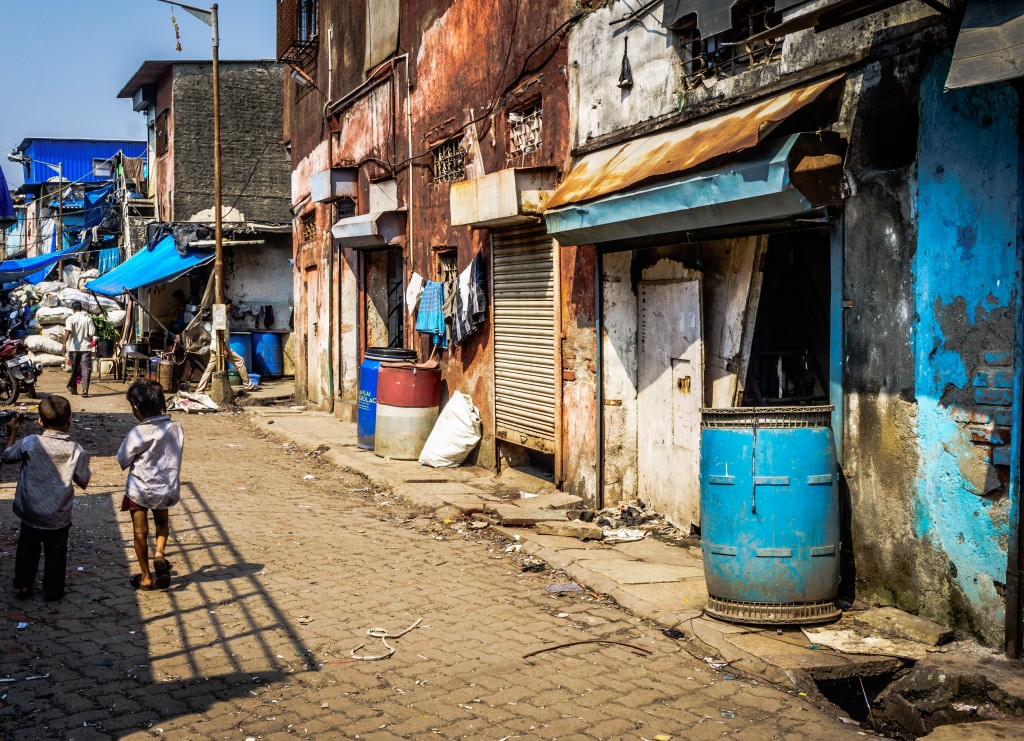

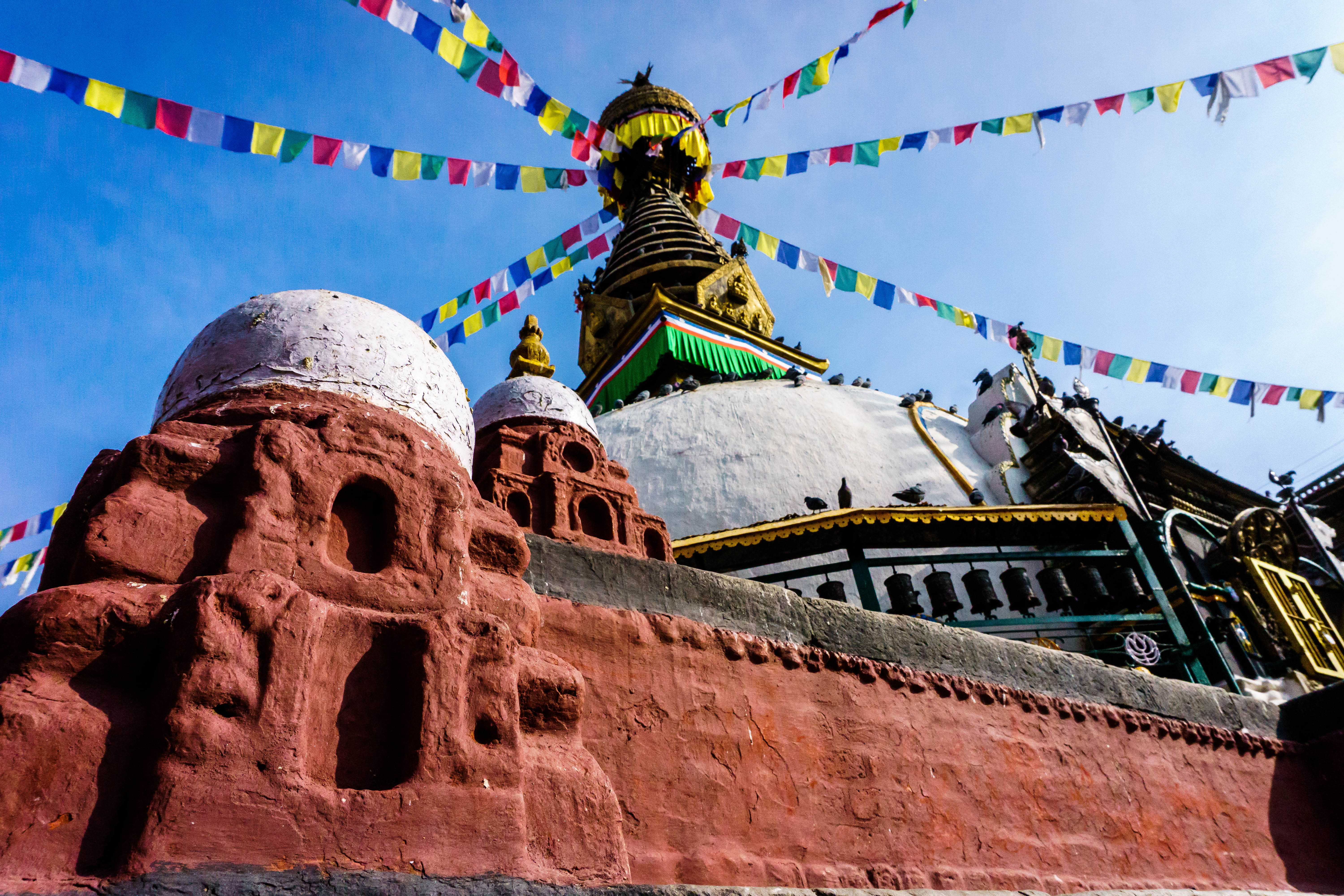


I really enjoyed this article and I’d love to experience the slums either on a tour or as a homestay. I think the ethical concerns regarding this type of tourism are fascinating. I think visitors should be respectful and be acutely aware a place like this is not an attraction. It is not somewhere you should visit just for the fun of it. But there are travellers who genuinely want to be educated as they move around the world and for those, a visit would be a enlightening experience. I guess it comes down to intentions and unfortunately we can’t screen tour participants based on that.
Thank you so much for the comment.
I agree, there is a fine line with this type of tourism and attitude is genuinely important. As a teacher, I feel that my personal experience of Dharavi has consolidated my own knowledge. When I taught my classes about Dharavi last year I had two contrasting texts to support me: ‘Slumdog Millionaire’ and ‘Slumming It’, the Kevin McCloud documentary. I taught based on other people’s opinions and the research I had done.
But I feel now that I am much better equipped to teach that unit now that I have been there.
I am considering the home-stay also. It would be interesting to see Dharavi once the tour groups have left for the day. I can imagine it would be pretty tough though.
Well done Elaine, a great piece of writing but heartfelt and informative. I would certainly love to see it as you have. Book us in for when we visit you. It is not voyeurism but an interest in real people that we in the rich west have completely lost sight of.
Thank you. I wondered whether you guys would like to go when you visit whilst I was there. Will get it booked.
Hi
I lived your article. I am on a motorcycle ride and exploring India. My next destination is dharavi tomorrow on 2 nd september 2015. Would you suggest me to take some unexplored inputs. I intend to write on “life in a maze of blues and holes”
Regards
Anurodh